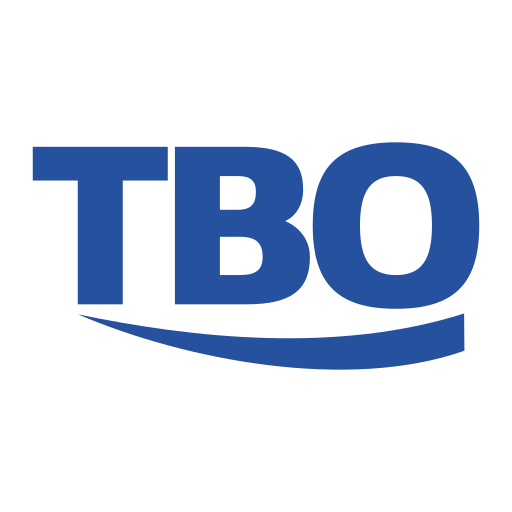
The sad reality is, we’ve all got to pay our bills somehow, and so do our customers. Due to the cost of living crisis, over a third of people across the UK are cutting back on food and essentials due to rising costs. The same is likely to be true in business, with many on the High Street expected to feel the pinch themselves.
For businesses, some of the most important metrics you can look at in order to improve your cash flow are your DPO and DSO – but what do they stand for? What exactly do they mean, and above all, how can they help your business?
What are DPO and DSO – and what’s the difference?
DPO stands for days payable outstanding, which refers to the average time a company takes to pay its bills. On the other side of the business, DSO stands for days sales outstanding, which is the average length of time for sales to be paid back to the company. So it’s clear that both DPO and DSO need to be kept as low as possible.
With regard to improving your turn-around times on both fronts, Xelix could be of enormous help to your business. With many managers adopting a hands on approach, it can be difficult to keep track of the bills and invoices. Calling on years and decades of financial experience is not a sign of weakness – quite the opposite in fact.
It goes without saying that the pandemic wreaked havoc on the supply chains, essentially forcing businesses to look at new ways of weathering various storms that could potentially arise in future.
Maintaining a healthy cash flow in the midst of a global crisis couldn’t have been easy, and years later we face new issues in the UK. The economy is perilous, and people are struggling to get by, which arguably brings even greater challenges than Covid did. So how can you weather the storm?
Keep things simple
The bottom line here is that you need to be efficient. Invest in a faster, more transparent and streamlined service for collecting payment and paying suppliers, and make that the priority. Automate your processes where possible, and this could actually reduce any reconciliation or accounting errors.
Once these processes have been automated and optimised, consider integrating them into one platform. As well as making the payment processes easier, you’ll also reduce the need for manual processing, allowing the team to pool their resources on higher priority work.
You also reduce the risk significantly because of this switch to automation, as manual cash flow management is fraught with potential issues. Perhaps the most important element of investing in such a system is the improvement in the relationship between yourselves and your suppliers. They are easily able to ask questions, access invoices, and communicate with you at the click of a button.
This is also true of customers, who will be able to do exactly the same as the suppliers from their own end. In terms of improving the turnaround time for paying bills and receiving payments, automation really is ultimately the most important investment you could make in your business.
Photo by Oleksandr Pidvalnyi

